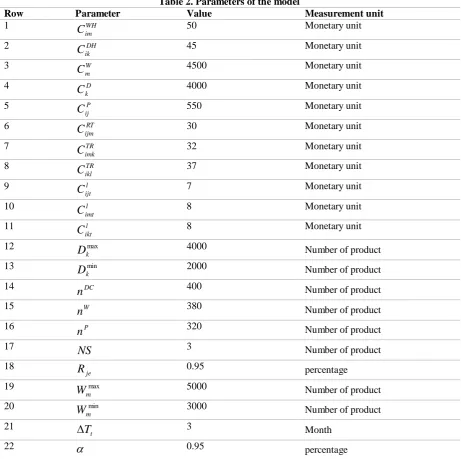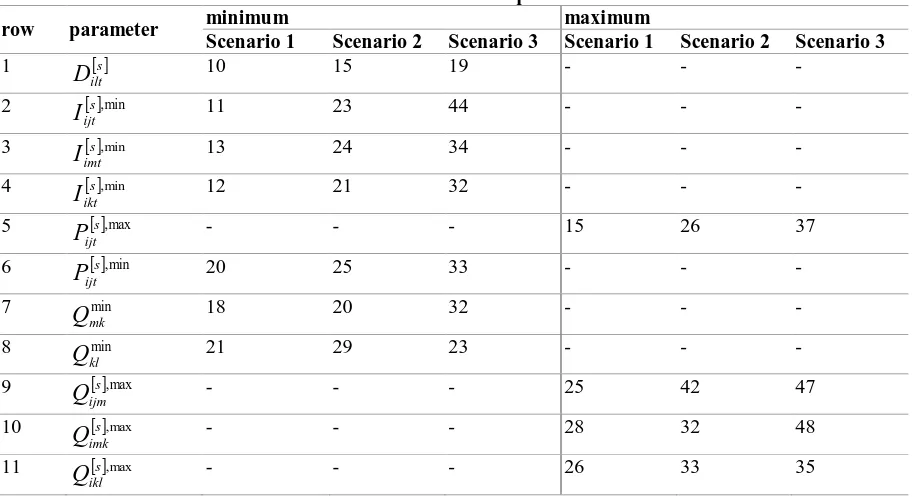A multi-objective optimization model for locating the distribution warehouses in the logistic network supply chain: A case study of Bonny Chow Co.
Full text
Figure




Related documents
As stated elsewhere in this article, prior to the year 1942 employer contributions to non-qualified deferred compensation plans were deductible under the general
While one application is the retrieval of documents that support extracted infor- mation to verify the correctness of the piece of information, another application in combination
şi am aflat că răspunsul a fost dat, pentru că cel puţin unul dintre ei, Enki, a scris o autobiografie, care povesteşte cum el şi un grup de 50 de anunnaki au venit pe Pământ,
The New Zealand Learning and Change Networks (LCN) have developed a set of tools to reinforce network activity around a close understanding of the learning
The column of Founder in Table 2 shows that in the founder controlled firms, the ultimate controlling shareholders’ wealth is higher, operation efficiency is higher, liability ratio
Objective To identify observational studies which used data from more than one primary care electronic health record (EHR) database, and summarise key characteristics
HF peak, index of respiration; RMSSD, root mean of the squared successive differences—index of vmHRV; DERS, difficulties in regulation scale; RRS, ruminative responses scale;
Using an education production function that controls for student GPA, etc., we find no significant differences between the clicker and nonclicker sections in student attitudes
